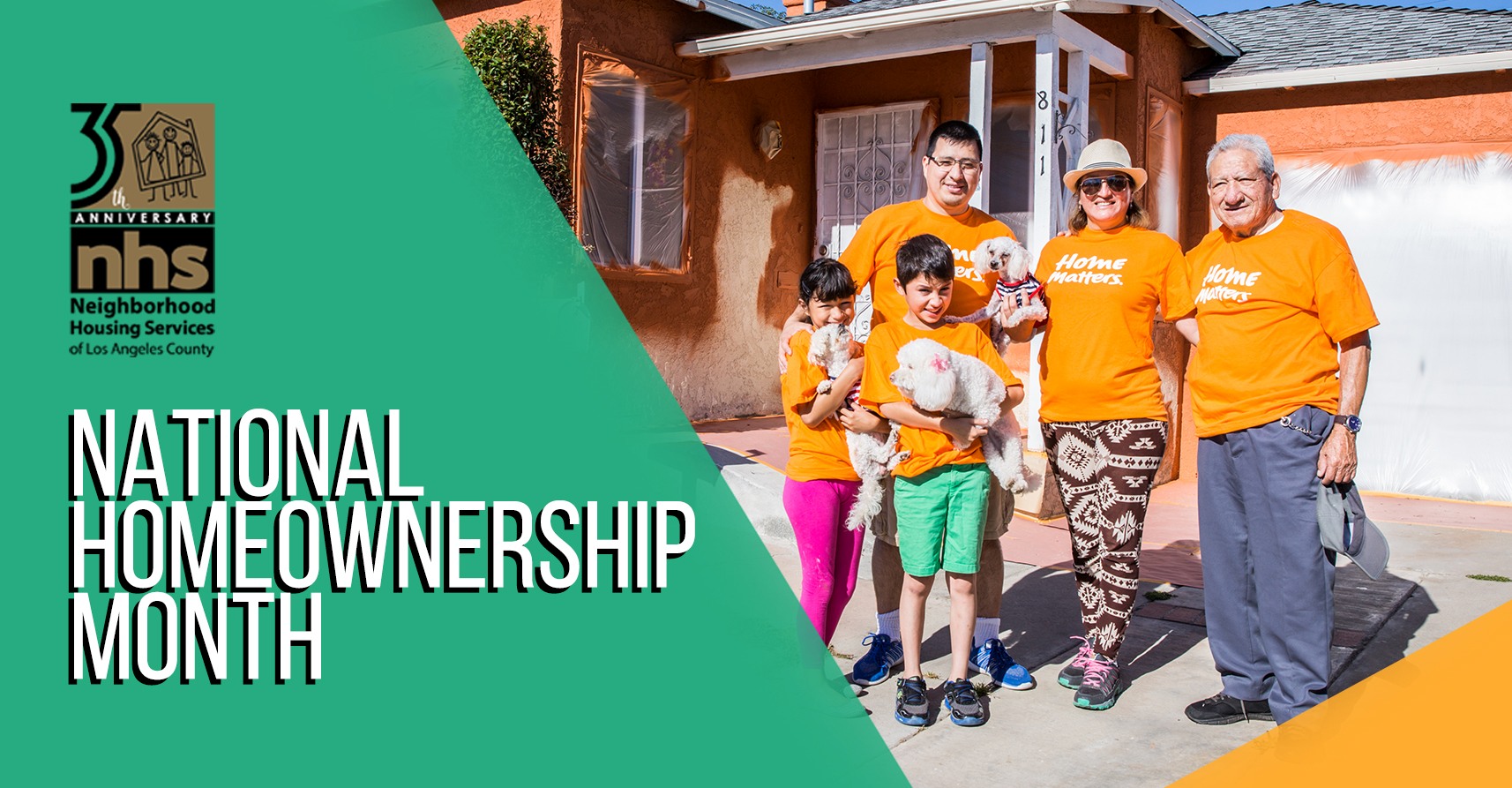
03 May COVID-19 and Utility Debt – UCLA Center for Neighborhood Knowledge
THE COVID-19 PUBLIC HEALTH CRISIS has deepened existing economic and environmental justice crises in the United States. Previous research by the UCLA Center for Neighborhood Knowledge and its partners shows that the pandemic has exacerbated pre-pandemic health and economic inequalities for disadvantaged neighborhoods. Communities of color in particular have shouldered a disproportionate share of interrelated health and economic risks due to widespread job and income loss, increased housing vulnerability and food insecurity, a lack of basic resources to shelter in place, and less access to critical utilities such as broadband internet service. The pandemic’s economic impacts have also exacerbated the unaffordability of basic environmental service utilization for many households.
In this brief, we study household utility debt burden as another measure of the economic pressure facing low-income neighborhoods, with an emphasis on the impacts on racial equity. Our findings highlight the reproduction of racial and economic inequality during the pandemic. We use data from the one-time Drinking Water COVID-19 Financial Impacts Survey conducted by the California State Water Resources Control Board in November 2020 to examine the prevalence and degree of residential past-due accounts and debt. Utility debt levels serve as a useful proxy to track households that are facing difficulties paying their rent or mortgage, because these two types of debt are likely to be highly correlated during economic crises. Further, when families are unable to pay their bills, they face difficult trade-offs, including skipping meals, delaying or avoiding medical treatment, and risking eviction. While the April 2020 statewide moratorium on utility shutoffs has provided continued utility access for many families, debt on residential accounts has not been forgiven; thus, residential utility debt has accumulated and will be due when the moratorium ends.
We provide findings for three analyses within City of Los Angeles neighborhoods served by the Department of Water and Power (LADWP). LADWP is by far the largest utility operating in California; it is one of few utilities to jointly provide both water and electricity services and thus jointly bill for these services. First, we provide an overview of the spatial distribution of housing units with past-due utility bills in Los Angeles city and identify neighborhoods facing the greatest debt burden. Second, we use bivariate analysis to examine the economic, housing, and ethnoracial characteristics in areas with the highest burden as well as communication barriers residents face in these neighborhoods. Third, we further examine these associations using statistical models.
- Between 25% and 30% of all households are facing financial difficulties paying for the most essential services.
- Utility debt burden is unevenly distributed across Los Angeles; historically underserved areas and those left behind more broadly during the covid-19 pandemic are experiencing disproportionate levels of debt.
- Black, Latinx, and low-income neighborhoods face the greatest utility debt burden and most communication barriers.
- Ethnoracial disparities persist even after accounting for socioeconomic and housing characteristics.
To Read The Full Report, Click The Link Below:



